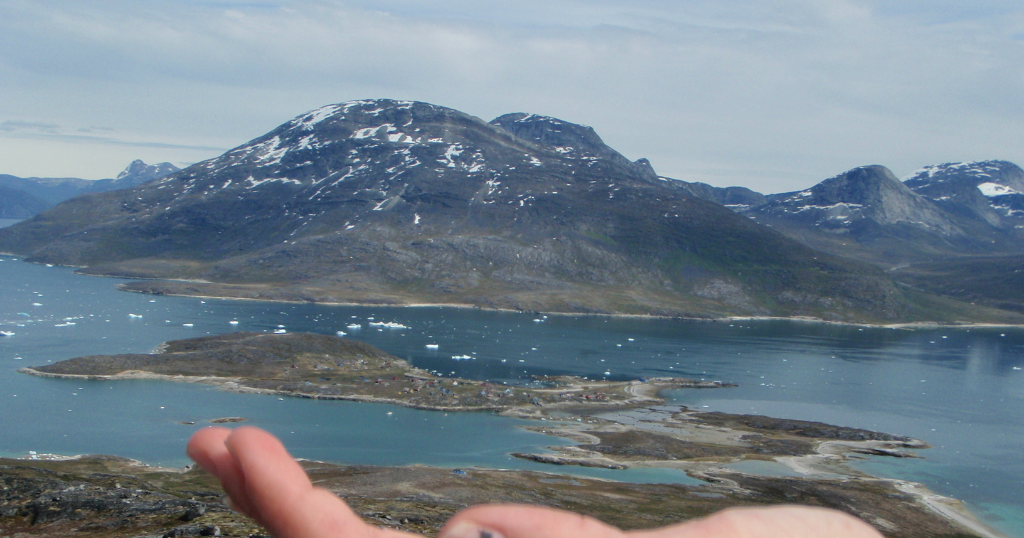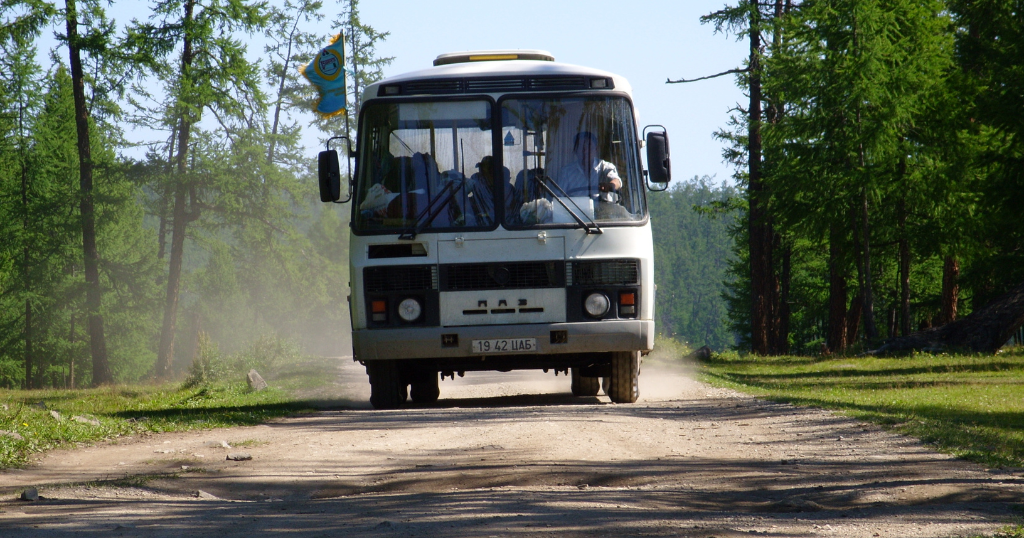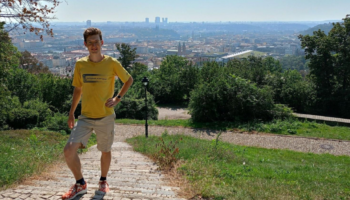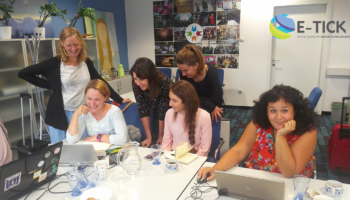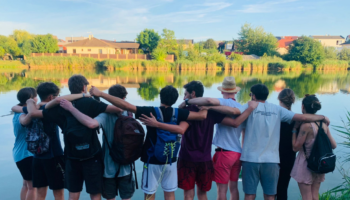First of all, it’s a good idea to find out as much as you can about the country and place you’re going to. Whether you’re going to a city, a village or just the countryside, find out if there are any festivals, holidays, etc. These can all affect your stay, either positively or negatively. Want to make sure you understand the local culture and people’s moods? Then watch a historical documentary or read up on the history of the country.
Always respect the culture, traditions and religion of your destination. Both in your behaviour and in your clothing. At the very least, you should know the basics, but it’s never too late. So if you haven’t already read up on the culture and customs, google or visit your local bookshop to find what you’re looking for.
Local transport
In the last article we looked at getting into the country, so let’s take a look at local transport.
Use public transport.
In some countries, transport in and around cities is very well organised. For example, the Netherlands, Germany, Belgium, France, Denmark, Japan, the UK, Austria and Spain are among the countries with the best public transport systems.
Did you know that in Luxembourg, one of these top choices, you can use public transport throughout the country for free? Isn’t that amazing? You’ll save money, help the environment and enjoy a beautiful view along the way while someone else drives 🙂!
Tip: After walking and cycling, the greenest way to travel is by train. Need to get to an island and there’s no tunnel or bridge? Then a boat is the way to go. 🙂
Find out what other local transport options are available.
In some countries, the most common way of getting around may be something completely different, such as a motorbike, van/minibus or car-sharing. If you’re not sure, always ask the locals for their recommendations.
In Uganda, for example, there is an app called “Safeboda” where you can request an Uber-style motorcycle ride and see exactly how much you’re paying and who’s driving you, so you don’t have to haggle over the price, etc. If you’re not driving, this might not be a problem. You can have up to 3 people driving at the same time.
What if I need a car?
Yes, there are some destinations where public transport is not well organised or doesn’t go to some places at all. If it’s not too far, you can walk or use a bike or scooter. If it’s further away, you can try hitchhiking (but be careful in more dangerous areas) or use a car-sharing system (whether they offer it or you’re just looking for a carpool). You can use the BlaBlaCar app or ask around in relevant Facebook groups.
What about a plane?
Some countries are so big that flying can be an attractive option. Especially if the country has a low-cost airline that can sometimes drop you off for a few hundred. But remember that flying is probably the worst option when it comes to sustainable travel. There are a lot of emissions, particulates and gases, especially on departure and arrival. Unless absolutely necessary, try to find a greener way to travel. But if the alternative is driving alone for a long distance, it’s better to fly.
How to behave on site
If you haven’t checked the water situation in your country before you go, it’s time! The first thing you need to know is whether the water (tap water) in the country and region is safe to drink. If not, and you don’t want to keep buying bottled water, you can boil it in your accommodation. If you go for a drink in a bar or restaurant, don’t put ice in your drink.
The second thing you need to be aware of is the water situation in the country. Everyone knows that water is not to be wasted. But in some countries you’ll need to change your behaviour even more. It’s not enough to turn off the tap when you brush your teeth or take a shower. It’s best to find out about the situation and ask the locals how they do it and what they recommend. Be respectful and conserve water and energy, at least as you would at home.
What about food?
Try to use local businesses, shops or markets. If you see a street stall that looks like it’s hygienic, don’t be afraid to try ‘street food’, which is a real treat in most countries. Not only will you have a unique experience and taste honestly made local specialities, but you’ll also be supporting the local community and economy. It’s a win-win 🙂
Whether you’re at the beach, in the park or in a hostel or other accommodation (see the first article for recommendations), remember to bring everything you brought with you. What does this mean?
Always take your litter with you. If you see a bottle or wrapper around you, take it and throw it away with the rest. Every place you go should look the same (or better 😀) than when you went there.
The wealth of nature is really delicate and its balance is disturbed or even destroyed by our behaviour. Before you go on a nature trip, make sure you’re not in an area where you have to stick to marked trails or follow other regulations! You may be tempted to venture outside the approved areas to “get that perfect Insta-photo”, but be aware that you’re doing a lot of damage. You could be disturbing a unique piece of nature that has been hundreds or thousands of years in the making!
The same goes for historical places and buildings, which are already suffering from overtourism. Be respectful so that others can enjoy these beautiful places after you.
Want to see wild animals?
WATCH OUT!
Many places that allow some form of “safari” violate the rights of animals by harming, abusing and torturing them. Always check the internet for recommendations of ethical places that treat animals with respect. Avoid riding, petting or photographing wild animals (e.g. tigers, lions). These animals are tortured from a young age, harshly trained, chained or drugged and kept in captivity throughout their lives. This type of ‘animal trafficking’ is a major problem in tourism.
Do you want to see how people really live in a country?
If you want to go beyond the glitz and glamour of the capital and the tourist attractions and really get to know a country, its people and their way of life, there are many ways to do it.
You can be spontaneous and look for workaways while you are travelling, where you can find someone to help you in exchange for food and accommodation. There’s also the option of finding a local who will put you up for free for a few nights (recommended in the previous article).
One thing you should definitely avoid is slum tourism (sometimes referred to as poverty tourism).
In some countries, local travel agencies offer day trips to the poorest parts of the city where tourists take pictures of people in different situations and then keep the photos as an ‘attraction/trophy’. At worst, they share them on social media.
Any kind of mutual human respect has completely disappeared in this controversial tourism industry, and sharing these photos only reinforces negative stereotypes and does not give an objective picture of life in the country. None of us would like to be photographed in an uncomfortable situation and then have the photo shared with other people…
Want to bring a gift for friends or family? Buy yourself something to remember your trip by? Try going to a market instead of a commercial gift shop, or a shop that sells locally made goods (bags, food, etc.). Not only will you be contributing to a great project and keeping the money local, but these gifts will always make you happier – because they’re twice as nice and meaningful 🙂.
Slow travel
When we talk about sustainable travel and how to get to know a country, its people and culture better, we have to talk about slow travel. This type of travel emphasises contact with the locals and promotes the idea that a trip should be educational and emotionally connected to the environment. All this, of course, with sustainability and the environment in mind. Nice, isn’t it?
Slow travel is a great way to make friends with locals, who may even host you and show you places only they know about. They’ll also recommend their favourite shops, cafes, bars or restaurants. Or they might take you to farmers’ markets or events you wouldn’t have known about otherwise!
You’ll discover so much more when you travel slowly, because you have more time to see it all, rather than spending a few days or a week trying to “see it all” at speed. For us, all the recommendations in this and the previous article are basically based on this concept. However, if slow travel doesn’t quite work for you because it’s based on the assumption that you have plenty of time and space to travel, we have one last tip for you.
Workcamps
By going to your dream workcamp destination, you are guaranteed to live like a local and be in direct contact with the local community. Workcamps usually last 1-3 weeks, during which time you help the local community through service work, learning from each other and sharing experiences. You will also have time to travel and explore the country, local culture, customs and life in general.
Search the INEX database for workcamp opportunities and experience an unconventional way to travel.
How to prepare and pack sustainably for your trip? Find out here.👇

